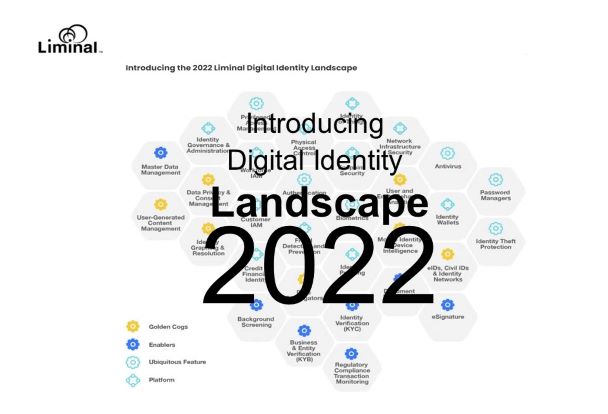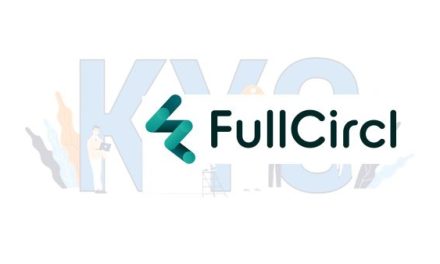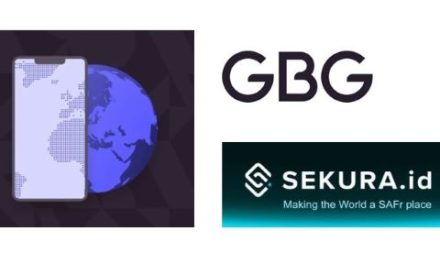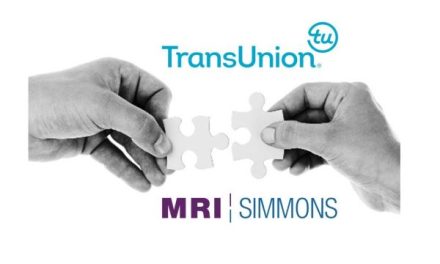According to the new research report, “The Market Opportunity for Reusable Identity and How to Get There” published by Liminal Strategy Partners, the reusable identity market size is expected to grow from USD 32.8 billion in 2022 to USD 266.5 billion by 2027, at a CAGR of 68.9%. As the market continues to focus on consumer identity, reusable identity will evolve as the natural next step to allow people and enterprises alike to create identity credentials that can be integrated across different use cases in the digital and physical world.
 “Over the past 5 years we’ve seen rapid evolution in the digital identity market – from the adoption and proliferation of federated identity schemes to more secure and privacy enhancing onboarding programs.” says Travis Jarae, CEO of Liminal. “As digital identity technology continues to improve and governments around the world adopt eIDs, we expect a shift from transaction-based identity schemes to reusable identity ecosystems.”
“Over the past 5 years we’ve seen rapid evolution in the digital identity market – from the adoption and proliferation of federated identity schemes to more secure and privacy enhancing onboarding programs.” says Travis Jarae, CEO of Liminal. “As digital identity technology continues to improve and governments around the world adopt eIDs, we expect a shift from transaction-based identity schemes to reusable identity ecosystems.”
The report defines a reusable identity as something that securely stores verified information on an individual that is easily federated when transacting with a new entity, and enables a many-to-many relationship between consumers and organizations.
“A reusable identity is the holy grail for our industry” says Filip Verley, Group Product Manager at Google Identity. “There have been a number of catalyzing events building over the past 10 years, most notably the COVID-19 pandemic, that have created market conditions ripe for the success of reusable identity. For the market to work – all major players – big tech, regulators, service providers – need to come together to play their role.”
Key findings of the report include:
The market is driving demand for reusable identity
Digital identity is undergoing rapid transformation; as consumer-centric solutions go mainstream, we see a demand for interoperable identity credentials that can streamline customer onboarding and post-onboarding customer experiences.
Catalyzing events have increased the viability of reusable identity. The internet was built without a foundational identity layer. As companies came online in the dot com boom, they were forced to build 1:1 relationships. In the 2000s, single-sign on (SSO) enabled federated identity and the evolution of 1:N relationships. Reusable digital identity paves a path forward for building N:N relationships that eliminate the fundamental risks created by repeating onboarding processes separately and leading to centralized databases filled with personal data.
Reusable identity rely on network effects enabled by Personal Identity Ecosystems (PIEs)
To facilitate reusable identities, the current paradigm needs to shift to one that supports interoperable networks, public-private partnerships, and fully fledged ecosystems – with supporting standards, policies, and trust frameworks – that provide consumers with data mobility.
Demand drivers have created a 2022 USD 32.8 billion market TAM for reusable identity. Liminal projects the reusable identity market TAM will reach USD 266.5 billion by 2027, with a 5-year CAGR of 68.9% between 2022 through 2026. Initially, government-led initiatives will dominate the market, with a shift towards private-led reusable identities and growth across commercially-focused verticals. By 2024, Liminal projects rising demand for public-private partnerships to support cross border commerce and intergovernmental networks.
To learn more or to become a member visit: www.liminal.co
About Liminal
Liminal is a boutique strategy advisory firm serving digital identity, fintech, and cybersecurity clients, and the private equity and venture capital community. Since 2016, we have offered objective, high-impact strategic advice, and analytical services, helping to support clients in crucial business decisions at all stages of the product and business lifecycle. We’ve advised many of the world’s most innovative business leaders, investors, and government officials on building, buying, and investing in the next generation of integrated digital identity platforms and technologies. As a result, our clients trust us to set strategic direction in light of radically evolving ecosystem dynamics, pursue new growth strategies, capitalize on M&A opportunities, and optimize deal flow. We see the solutions to these complex digital challenges not as a ‘what’ but as a ‘how.’ We don’t just tell you about the destination, we show you how to get there.
Source: Liminal


























